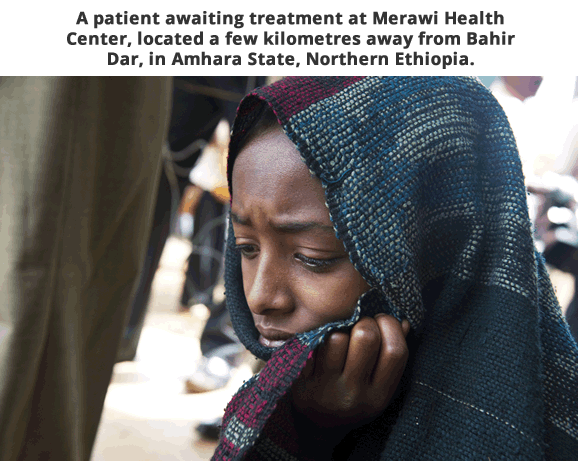Impact of corruption on the health sector
1. Limits access and reduces services
1.1. Illegal fees
Small scale bribery (also termed “under-the-table payments”) to medical personnel, including doctors and nurses, can lead to inefficiencies in the supply of services. The poor are disproportionally affected, as additional costs impact what little income they have, causing them to refrain from using services.
1.2. Absenteeism
Staff failing to show up for work is a common phenomenon, and one that is not restricted only to the health sector. Absenteeism is the most common form of corruption in public hospitals in Argentina (UNDP 2011a). In 2001, 66% of staff in Uganda and 33% in Peru did not show up for work (Di Tella/Savedoff 2001).
1.3. Self-referrals and abuse of public resources
When doctors can work both as employees in the public system and operate their own private practices, self-referrals are a common problem. This means that doctors will abuse the public system, diverting patients to their private practice, or use public resources and facilities for services they will then bill privately (example: EC 2013: 62).

UN Photo/Eskinder Debebe - Take a look at the detrimental effects of corruption in the health system!